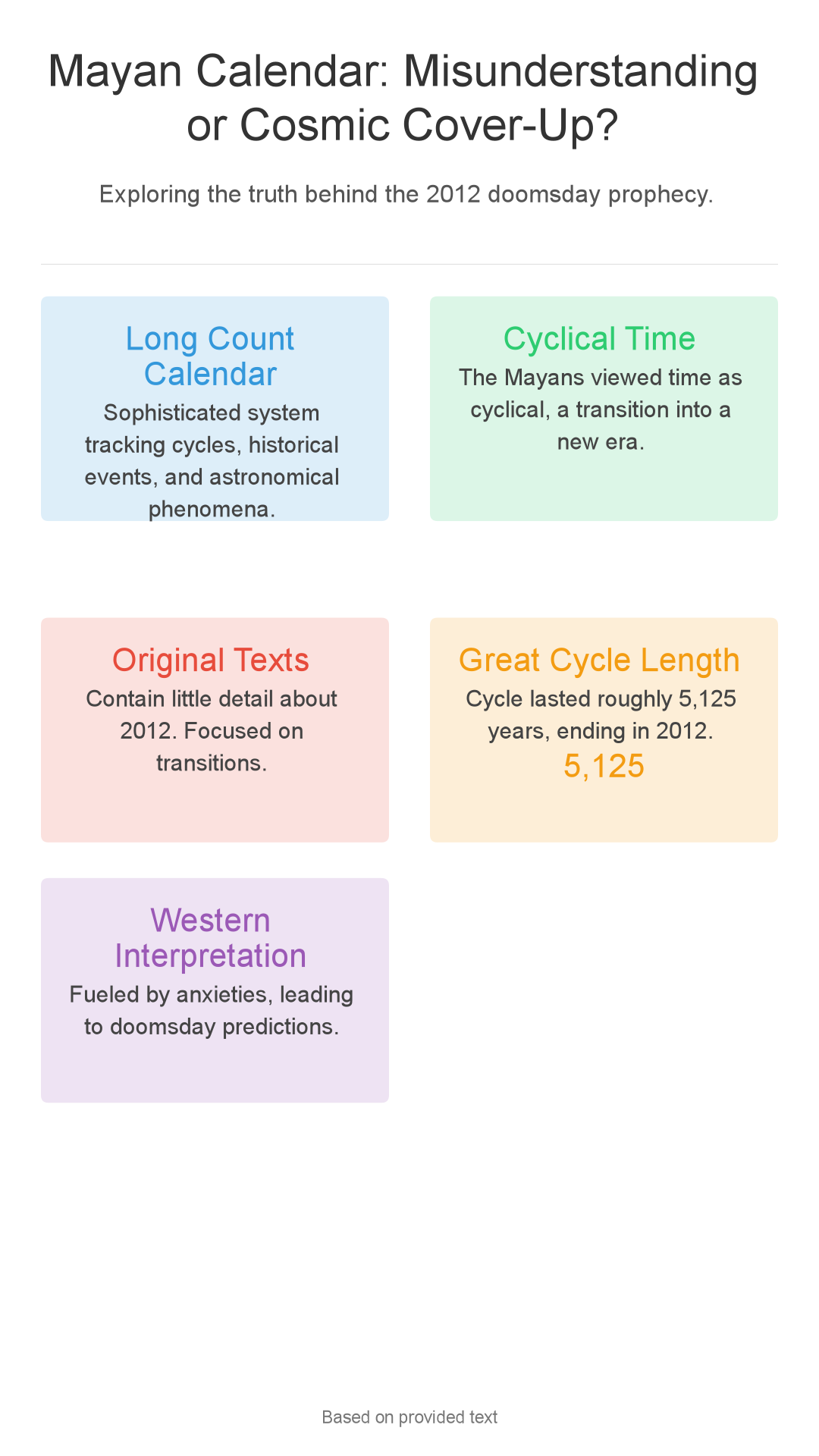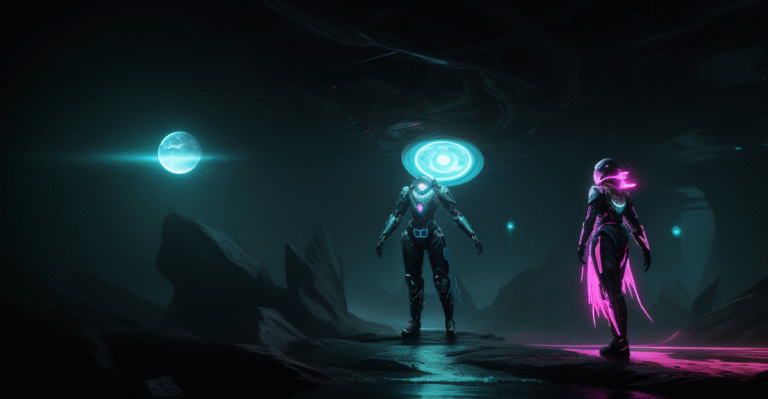
Did the Mayan calendar *really* end in 2012? Or was the whole "end of the world" scare a deliberate
Hey space cadets! Ready to tumble down a rabbit hole of cosmic proportions? Then smash that like button and subscribe! Remember the 2012 Mayan apocalypse frenzy? What if it wasn’t just a misreading of the calendar, but a calculated attempt to obscure knowledge of a recurring cosmic event the Mayans both understood and feared? Let’s investigate!
The year 2012. The internet practically melted, survival kits flew off the shelves, and a sense of impending doom hung in the air – all thanks to interpretations of the Mayan calendar.
But what if the “end of the world” narrative was a colossal misunderstanding, or worse, a carefully constructed smokescreen?
Understanding the Mayan Calendar and its Cycles
The Long Count Calendar: Beyond Simple Timekeeping
The Mayan calendar system is far more intricate than any standard calendar.
The Long Count Calendar, in particular, is a non-repeating calendar using a base-20 (vigesimal) and base-10 (decimal) system to track time across immense durations.
It’s not merely about counting days; it’s a sophisticated system for understanding cycles within cycles, used to record historical events, chart astronomical phenomena, and even interpret future patterns.
The Cyclical Nature of Mayan Cosmology
For the Mayans, time wasn’t a straight line; it was a circle. The end of one cycle didn’t signify the absolute end, but rather a transition into a new era.
The significance of the roughly 5,125-year cycle that concluded in 2012 was that it marked the completion of a “Great Cycle.
” This completion was viewed as a time of transformation, a period of potential upheaval and renewal, not necessarily total destruction. Think of it as a cosmic New Year’s Eve – a moment to reflect on the past and prepare for what’s to come.
What the Original Mayan Texts Actually Said
Here’s the surprising part: the original Mayan texts and inscriptions contain remarkably little concrete detail about what would *actually* transpire in 2012.
The majority of the doomsday hype originated from later interpretations, often filtered through Western anxieties and sensationalism.
While some texts do mention the end of the 13th Baktun (the conclusion of the Long Count cycle), they don’t explicitly predict the end of the world. They speak more of a transition, a shift in era overseen by the god Bolon Yokte’ K’uh.
The Dresden Codex, one of the few surviving Mayan books, features astronomical tables but offers no apocalyptic prophecies directly tied to 2012.
The 2012 “Apocalypse” Interpretation: Misconceptions and Misrepresentations
Western Interpretations and Doomsday Predictions
The Western interpretation of the Mayan calendar took a distinctly apocalyptic turn.
Fueled by anxieties surrounding climate change, economic instability, and a general sense of societal unease, the notion of a Mayan prophecy predicting the end of the world struck a chord with many.
Books, documentaries, and websites proliferated, each offering its own take on the impending doom.
“End of a Cycle” vs. “End of the World”
It’s essential to differentiate between the Mayan concept of the “end of a cycle” and the Western interpretation of the “end of the world.
” For the Mayans, the end of a cycle signified a time of renewal and transformation, not necessarily annihilation.
The Western perspective, often fueled by sensationalism, emphasized the potential for cataclysmic events, disregarding the more nuanced and cyclical worldview of the Mayans.
The Role of Pop Culture and Media
Pop culture played a significant role in perpetuating the 2012 myth.
Movies like “2012” depicted catastrophic events triggered by solar flares and other cosmic phenomena, further cementing the idea of an impending apocalypse in the public consciousness.
News outlets, eager for clicks and views, often amplified the doomsday predictions, contributing to a climate of fear and uncertainty. In many ways, the media manufactured the 2012 apocalypse, regardless of the Mayans’ original intentions.
Exploring Potential Cosmic Event Scenarios
Mayan Advanced Astronomical Knowledge
Could the Mayans have possessed advanced astronomical knowledge that we underestimate? Absolutely.
They were highly skilled mathematicians and astronomers, capable of tracking celestial movements with remarkable precision. They constructed observatories, developed intricate calendars, and understood the cycles of the sun, moon, and planets.
It’s not unreasonable to suggest they might have identified recurring patterns or events that we are only beginning to grasp today.
Let’s entertain the “cover-up” hypothesis for a moment. What kind of cosmic event might the Mayans have wanted to conceal?
Possibilities include: heightened solar flare activity, which could disrupt technology and communication systems; a gradual but impactful pole shift, leading to climate change and geological instability; or even the potential for a near-Earth object (NEO) impact.
These events, while not necessarily world-ending, could have had profound consequences for Mayan civilization.
Astronomical Evidence and the Mayan Timeline
Is there any astronomical evidence that aligns with the Mayan timeline and alleged fears? That’s where things become complex.
While there’s no direct evidence to support the idea of a specific cosmic event occurring every 5,125 years, some researchers have pointed to correlations between periods of increased solar activity and significant societal shifts throughout history.
However, these correlations are often weak and open to interpretation.
The “Cover-Up” Hypothesis: Motives and Plausibility
Reasons for Concealing Astronomical Knowledge
Why might the Mayan elite have wanted to conceal specific astronomical knowledge? One possibility is to maintain power and control.
By controlling information about potentially disruptive cosmic events, the elite could manipulate the population through fear and superstition.
They could also leverage this knowledge to their advantage, preparing for these events while leaving the rest of the population vulnerable.
Social and Political Context of Mayan Civilization
The social and political context of Mayan civilization is crucial for understanding their calendar practices.
Mayan society was highly stratified, with a ruling elite that wielded religious and political authority. The calendar wasn’t just a tool for tracking time; it was a means of legitimizing the elite’s authority and maintaining social order.
The calendar was used to schedule rituals, predict agricultural cycles, and even justify warfare.
Limitations of Interpreting Ancient Texts and Beliefs
Finally, it’s important to acknowledge the limitations and challenges inherent in interpreting ancient texts and beliefs.
We can never fully grasp the Mayan mindset, and our interpretations are always filtered through our own cultural biases and assumptions. The Mayan calendar is a complex and multifaceted system, and our understanding of it is constantly evolving.
So, was the 2012 scare a misinterpretation, or a deliberate smokescreen? The evidence suggests misinterpretation, but the possibility of hidden Mayan knowledge about recurring cosmic events remains a tantalizing prospect.
What do you think? Do you believe the Mayans were hiding something, or was the 2012 apocalypse just a colossal misunderstanding? Share your thoughts in the comments below!
And if you enjoyed this deep dive into the mysteries of the Mayan calendar, don’t forget to subscribe for more wild facts, weird science, and internet rabbit holes!

Enjoyed this? Check out our YouTube channel for video versions!
Enjoyed this? Check out our YouTube channel for video versions!



